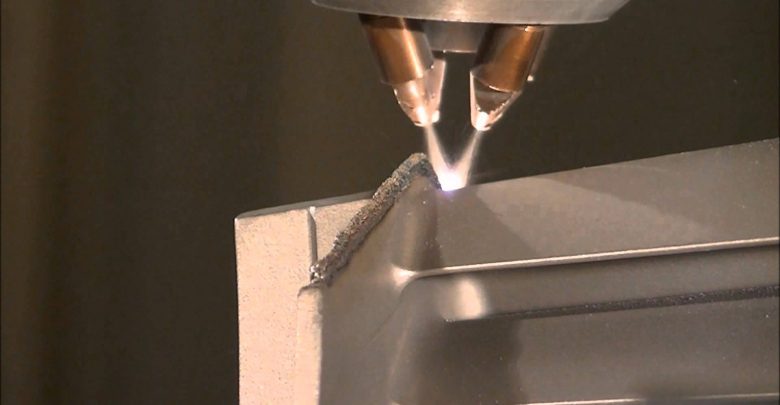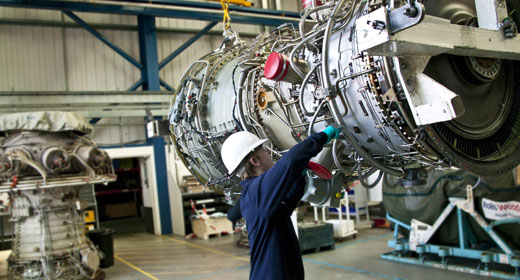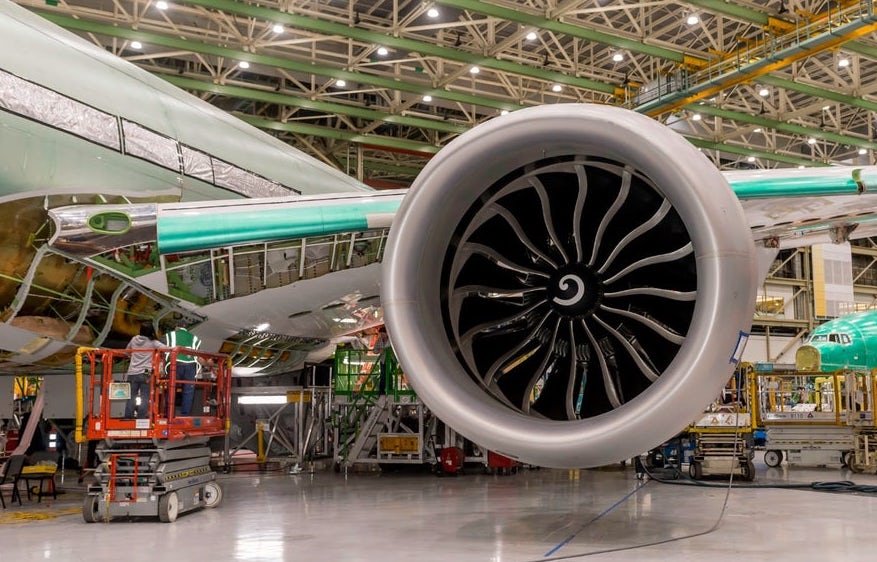China3D printingNet September 7th, Directed Energy Deposition (DED) and Aerosol Jet Printing (AJP) Metal3D printingEngine developer Optomec has won a £1 million contract from the U.S. Air Force to provide it with a large number of machines to refurbish turbine engine components, including titanium components.
The task of the New Mexico-based company is to produce the machine, which will have a series of state-of-the-art functions, including an automated system for batch processing, an oxygen-free controlled atmosphere and an adaptive vision system. The machine will be installed at Tinker Air Force Base in Oklahoma City.
“Optimec is proud to serve our military.” said Jamie Hanson, Optomec’s vice president of business development. “Although Optomec has developed automated mass production cells for other alloys over the years, we are already processing titanium, but Not in the high-volume, oxygen-free production unit.”

After acquiring Huffman LLC in 2018, Optomec has increasingly developed LENS technology for MRO applications (pictured). Picture from Optomec.
Optomec’s LENS technology
Optomec’s metal additive repair solution is based on its proprietary laser engineering mesh shaping (LENS) technology, which was first commercialized more than 20 years ago. LENS uses the DED process, in which a high-concentration metal powder stream is sprayed into a molten pool created by a focused laser beam. By controlling the molten pool and powder flow, the metal structure can be repaired as a completely printed part or as a metal structure deposited on an existing component.
Optomec has been continuously developing the functions of its LENS technology and announced its LENS in May 3D printingThe machine can now be used to deposit any aluminum alloy. At the end of 2019, the company also developed process parameters for the production of pure copper parts and released a new software tool, AutoCLAD, to accelerate the use of additive manufacturing for repairs.
Recently, Optomec launched a new return on investment (ROI) evaluation tool to evaluate the profitability of automated laser cladding equipment used in gas turbine maintenance and repair operations (MRO).
The company has delivered more than 200 LENS/DED machines, of which nearly half are used for turbine blade repairs in the commercial aircraft and power generation markets.

Optomec claims that its new evaluation tool can prove the cost advantage of switching to automated laser cladding for MRO. The picture comes from MRG.
U.S. Air Force’s Metal Additive Repair Solution
The automatic additive repair system designed by Optomec will be able to handle thousands of repairs each year, with the initial focus on refurbishing the tip of the US Air Force’s turbine blades. The company will also assist the Air Force to develop optimal process parameters for various target maintenance.
The US Air Force spends billions of dollars each year on MRO activities for military aircraft. A large part of these expenditures is dedicated to replacing worn or damaged parts with newly manufactured parts.
At the same time, Optomec’s metal additive repair solution can restore existing parts, which has been proven to save up to 70% of the cost. These solutions not only save a lot of money, but the Air Force will also benefit from shorter, more predictable delivery times and reduced supply chain dependencies.
Hansen continued: “The challenge for the Air Force is to provide a system based on commercially proven capabilities to meet its production and technical requirements. We will provide the first automated machine that can operate without oxygen. Achieve almost uninterrupted production in the environment. This feature will help promote the wider aviation industry by achieving its goal of reducing costs.”

3D printing
To produce aircraft parts, including Boeing 777x jet engines” alt=” GE Aviation also uses
3D printing
To produce aircraft parts, including Boeing 777x jet engines” width=”620″ height=”397″ />
GE Aviation also uses3D printingTo produce aircraft parts, including Boeing 777x jet engines (pictured). The picture comes from Boeing.
Adopting additive manufacturing in aviation MRO
The U.S. Air Force is optimistic about the potential of additive manufacturing in aircraft maintenance. Earlier this month, engineers at the Oklahoma City Air Logistics Center became the first to successfully test the interior of a U.S. Air Force aircraft engine3D printingMan with metal parts.
China3D printingNet compile article!
(Editor in charge: admin)


0 Comments for “The U.S. Air Force and OPTOMEC sign a contract to produce a metal 3D printing system for aircraft engine maintenance”